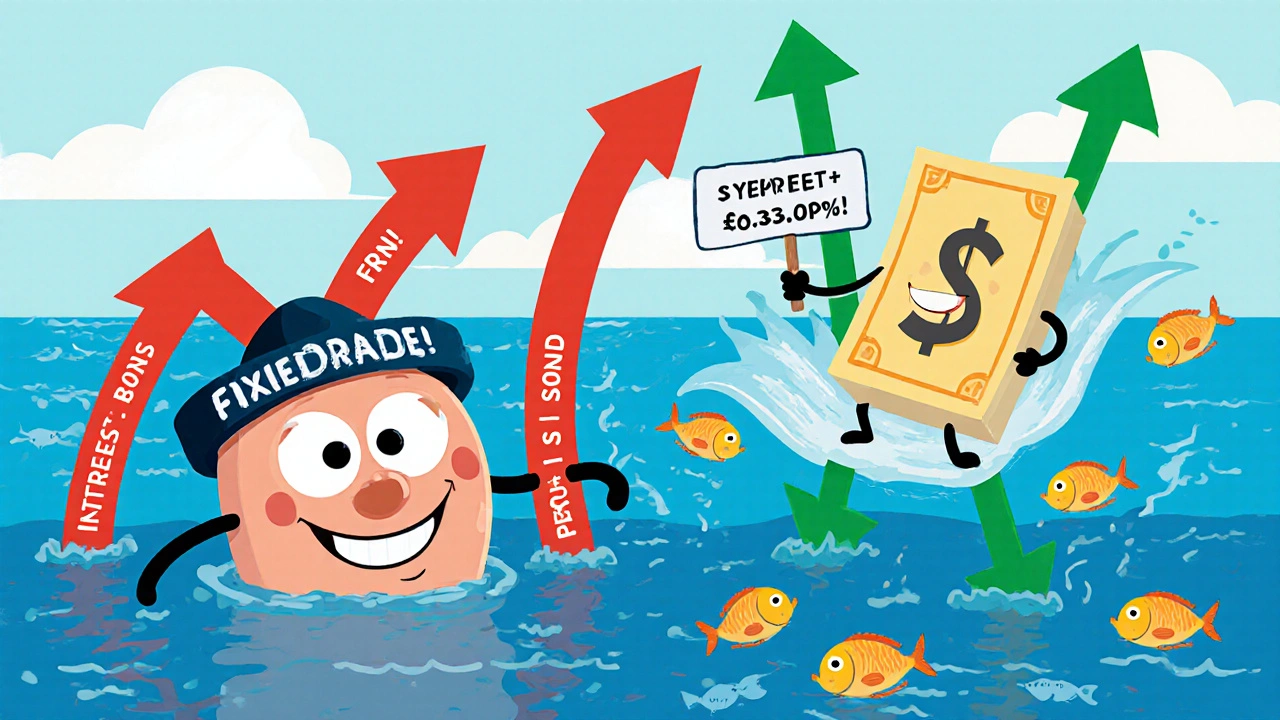Interest Rate Risk: How Rate Changes Hurt Bonds, REITs, and Your Portfolio
When you own bonds or bond funds, you're exposed to interest rate risk, the chance that rising interest rates will cause the value of your bonds to fall. Also known as price risk, it’s the silent killer of fixed-income returns—especially when you’re holding longer-term bonds or high-yield mortgage REITs. It doesn’t matter if the company is profitable or the bond pays 5% annually. If new bonds start offering 6%, yours suddenly looks unattractive. And that’s when your portfolio starts losing value—even if you never sell.
This isn’t just about Treasury bonds. mortgage REITs, companies that earn income from mortgage-backed securities are even more sensitive. They borrow short-term at low rates and lend long-term at higher rates. When the Fed hikes rates, their borrowing costs jump faster than their income does. That’s why bond funds, pools of bonds managed by professionals can drop 10%, 15%, or more in a single year during rate hikes—something individual bonds held to maturity won’t do. And it’s not just investors who feel it. Banks, pension funds, and insurance companies all have massive exposure. The 2022 rate surge wiped out over $1 trillion in paper value across U.S. banks alone.
Interest rate risk doesn’t hit everyone the same. Short-term bonds? Less affected. Floating-rate loans? Often protected. But if you’re holding 10-year Treasuries, long-duration ETFs, or mortgage REITs like AGNC or NLY, you’re riding a rollercoaster. The yield curve, the relationship between bond yields and their maturities tells you what the market expects. When it flattens or inverts, it’s not just a recession signal—it’s a warning that rate risk is building.
You can’t avoid interest rate risk entirely, but you can manage it. Shorten duration. Diversify into floating-rate assets. Watch your bond fund’s average maturity. And don’t assume a high yield means safety—many high-yield bonds carry hidden rate risk. The posts below show you exactly how this plays out in real portfolios: from how mortgage REIT dividends collapse when rates climb, to how rebalancing during rate shifts can save your returns, to why some investors use TIPS or short-term bonds to hedge against it. This isn’t theory. It’s what’s happening right now—and what you need to know before your next portfolio checkup.



